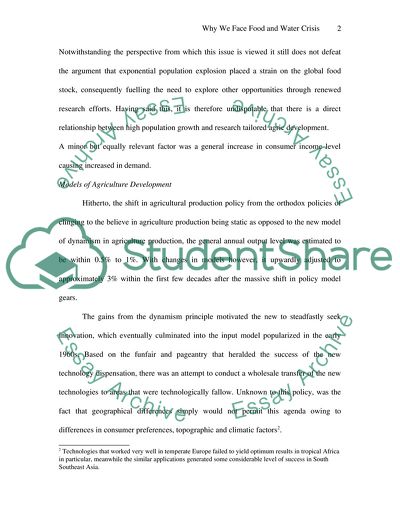Cite this document
(Why We Face Both Food and Water Crisis Coursework, n.d.)
Why We Face Both Food and Water Crisis Coursework. https://studentshare.org/environmental-studies/1714541-why-we-face-both-food-and-water-crisis
Why We Face Both Food and Water Crisis Coursework. https://studentshare.org/environmental-studies/1714541-why-we-face-both-food-and-water-crisis
(Why We Face Both Food and Water Crisis Coursework)
Why We Face Both Food and Water Crisis Coursework. https://studentshare.org/environmental-studies/1714541-why-we-face-both-food-and-water-crisis.
Why We Face Both Food and Water Crisis Coursework. https://studentshare.org/environmental-studies/1714541-why-we-face-both-food-and-water-crisis.
“Why We Face Both Food and Water Crisis Coursework”. https://studentshare.org/environmental-studies/1714541-why-we-face-both-food-and-water-crisis.


